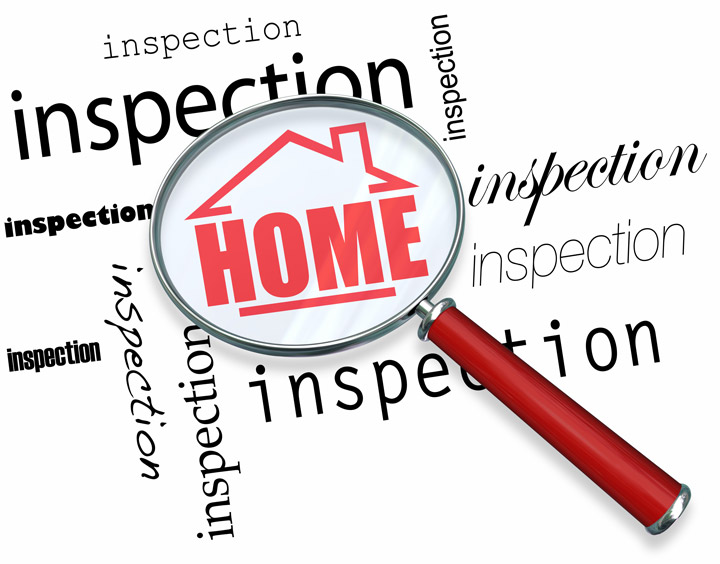
Real Estate Appraisals: A PrimerGetting a home can be the most serious financial decision most of us could ever make. Whether it's where you raise your family, an additional vacation property or an investment, purchasing real property is a detailed financial transaction that requires multiple parties to see it through. You're likely to be familiar with the parties having a role in the transaction. The most known face in the transaction is the real estate agent. Then, the lender provides the financial capital needed to fund the deal. The title company ensures that all areas of the sale are completed and that the title is clear to pass from the seller to the purchaser. So, who's responsible for making sure the value of the real estate is in line with the amount being paid? In comes the appraiser. We provide an unbiased estimate of what a buyer could expect to pay — or a seller receive — for a parcel of real estate, where both buyer and seller are informed parties. A licensed, certified, professional appraiser from Vanessa Weisberg will ensure, you as an interested party, are informed. Inspecting the subject propertyOur first duty at Vanessa Weisberg is to inspect the property to ascertain its true status. We must actually see features, such as the number of bedrooms and bathrooms, the location, living areas, etc, to ensure they truly exist and are in the shape a reasonable buyer would expect them to be. To ensure the stated square footage has not been misrepresented and convey the layout of the property, the inspection often requires creating a sketch of the floorplan. Most importantly, the appraiser looks for any obvious features - or defects - that would have an impact on the value of the house. Next, after the inspection, we use two or three approaches to determining the value of the property: a paired sales analysis, a replacement cost calculation, and an income approach when rental properties are prevalent. 
Cost ApproachHere, we pull information on local construction costs, labor rates and other factors to ascertain how much it would cost to build a property comparable to the one being appraised. This figure commonly sets the maximum on what a property would sell for. It's also the least used method. 
Analyzing Comparable SalesAppraisers can tell you a lot about the communities in which they work. They thoroughly understand the value of specific features to the residents of that area. Then, the appraiser researches recent sales in close proximity to the subject and finds properties which are 'comparable' to the subject at hand. Using knowledge of the value of certain items such as remodeled rooms, types of flooring, energy efficient items, patios and porches, or extra storage space, we add or subtract from each comparable's sales price so that they are more accurately in line with the features of subject.
A true estimate of what the subject could sell for can only be determined once all differences between the comps and the subject have been evaluated. When it comes to valuing features of homes in Diamond Bar and Los Angeles, Vanessa Weisberg can't be beat. The sales comparison approach to value is typically awarded the most consideration when an appraisal is for a real estate purchase. Valuation Using the Income ApproachA third way of valuing a house is sometimes applied when a neighborhood has a reasonable number of rental properties. In this situation, the amount of revenue the real estate generates is factored in with income produced by nearby properties to determine the current value. The Bottom LineExamining the data from all applicable approaches, the appraiser is then ready to state an estimated market value for the property in question. It is important to note that while this amount is probably the strongest indication of what a house is worth, it may not be the price at which the property closes. It's not uncommon for prices to be driven up or down by extenuating circumstances like the motivation or urgency of a seller or 'bidding wars'. But the appraised value is typically employed as a guideline for lenders who don't want to loan a buyer more money than they could get back in the event they had to put the property on the market again. Here's what it all boils down to, an appraiser from Vanessa Weisberg will help you get the most accurate property value, so you can make profitable real estate decisions. |